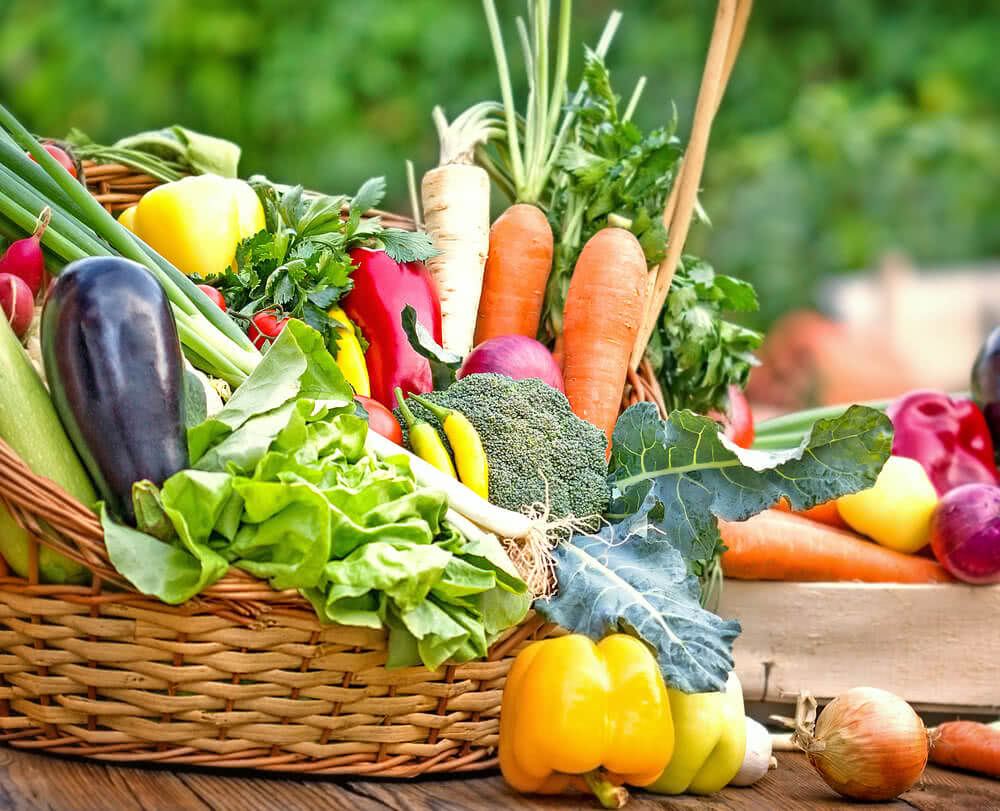What Can You Do with Your Tomato Plants When The Season Ends?

Table of Contents
Tomatoes are one of the most common homegrown crops, but are they really simple to grow? As they have their own trouble areas mainly related to their lifecycle, it’s really necessary to know what to do with tomato plants at the end of the season. Tomatoes crops love warm climates but are super sensitive to cold weather. They thrive in 65-75°F temperatures, but as soon as winter is near, these tomatoes crop start dying.
5 Different Ways for Handling Tomato Plants
If tomatoes season is coming to an end, and your crop is looking dead, or if you want to replace your crop, then stick till the end as we’ll be talking about 5 different ways for handling tomato plants at the end of the season, from harvesting the last of the fruit to composting the plants.
Option 1: Pulling out The Plants and Throwing Them Away
Pulling out the plants and throwing them away is one of the most common practices among farmers and gardeners, as it clears the garden and leaves space for the next plantation.
To remove the plant, first pluck out any remaining tomatoes (green or red), then cut the main stem at the base. Place it in a trash bag and dispose of it like regular trash. Be careful not to damage any surrounding plant during the process.
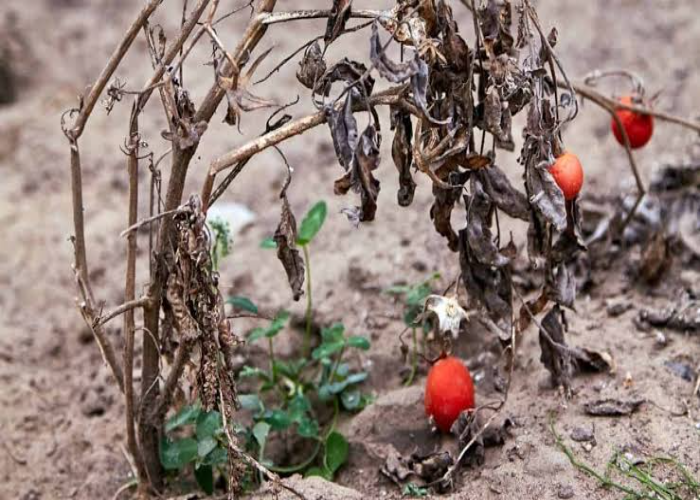
Importance of Proper Disposal
- If the plant is diseased or infected, proper disposal can prevent the spreading of that disease or pests to other plants.
- Decomposing plants can clog up the nitrogen, restricting other plants from using it.
- It’s environment friendly, and you can recycle the plant and use it as compost.
- Proper disposal will prepare your garden for the next growing season.
Option 2: Composting the Plants

If you want to break down your plant into nutrient-rich or organic material that you can add back to your soil. You can compost your tomato plant promoting soil health.
How to Compost Tomato Plants?
- Step 1: Harvest any remaining tomatoes, you can use ripe tomatoes in your kitchen, and unripe tomatoes can be ripened indoors.
- Step 2: Check if your plant is free from disease and pests. If you find it diseased or infested with pests, dispose of or burn the affected part.
- Step 3: Chop the remaining plant into smaller pieces to speed up the decomposition process.
- Step 4: Add tomato plants to your compost pile. Layer the pieces of the chopped-up plant on top of leaves, straws or small branches.
- Step 5: Turn the compost pile regularly, which will allow them to get enough oxygen and prevent a foul smell.
- Step 6: Monitor the compost. Once the compost starts looking like dark and earthy material, you can use it to enrich your plants with nutrients.
Benefits of Adding Composting to Your Garden Soil
- It adds essential nutrients such as nitrogen, potassium, and phosphorus, improving soil fertility.
- Compost improves the structure of the soil, increasing its ability to retain water and air.
- It helps in waste reduction, which decreases the production of methane.
- Compost helps in pest and disease suppression, and it contains beneficial microorganisms that compete with harmful pathogens.
- Making your own compost is way more cost-efficient than buying commercial fertilizers or soil amendments.
- Adding compost binds soil particles together. Helping in the reduction of soil erosion and loss of topsoil.
- Healthy compost attracts a wide variety of decomposers, helping to maintain a diverse and balanced ecosystem.
Option 3: Saving Seeds for Next Season
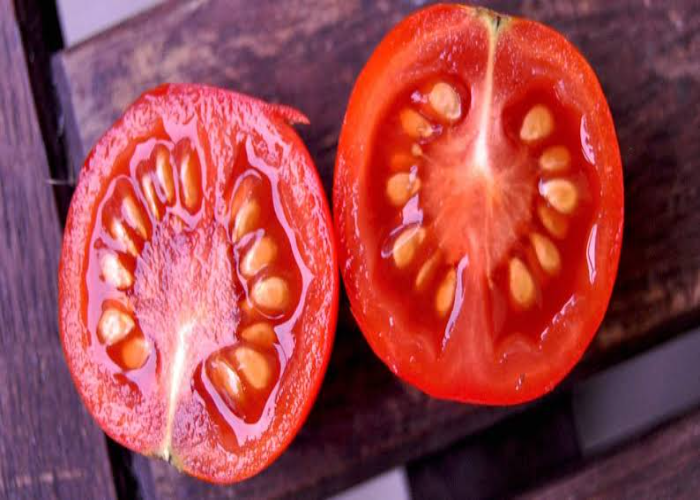
Saving tomato seeds from your current crop Is one of the most sustainable ways of growing tomatoes in the following growing season. It provides various other benefits, including:
- Saving seeds from your tomato plant, which has already adapted to your garden with its climate and soil type, make your next tomato crop better than the previous one. This means each generation of tomatoes that you grow will keep on getting better with adaptability.
- Many heirloom plants have been passed down through generations of gardeners and have preserved genetic diversity in the form of unique flavours, colours, and tastes. Saving seeds from such varieties ensures the availability of distinctive tomatoes for future generations.
- It’s cost-efficient, as you don’t buy tomato seeds every year.
How to Save Tomato Seeds
- Step 1: Choose healthy and ripe tomatoes. It will ensure that you are preserving the best traits for the upcoming season.
- Step 2: Scoop out seeds with the help of a spoon, along with the gel-like substance.
- Step 3: Place the seeds in a small container or plastic cup. Put some water, just enough to cover the seeds. Then cover the container with a breathable cloth or a paper towel, you can secure it with a rubber band, or you can tie the cloth. This process is called fermentation. It helps in removing the gel-like substance.
- Step 4: The fermentation process usually takes around 3-5 days. Make sure to keep that container in a warm location.
- Step 5: Stir the seeds mixture daily to promote even fermentation.
- Step 6: Once the fermentation process is done, you’ll see a layer of mould on the surface. Debris and other waste will be floating on the top, while viable seeds will be at the bottom.
- Step 7: Remove the mould layer with the help of a spoon. Pour water and carefully remove the floating debris and excess water. Repeat the process until you get clean seeds.
- Step 8: Use a paper towel to dry the seeds. Make sure that they aren’t sticking together. Once the seeds are dry, store them in an airtight container. These seeds can stay viable for around 3-5 years, but their germination rate might decrease.
Option 4: Donating Excess Produce
If you have excessive tomato produce at the end of the growing season, donating your surplus is a great way to support your community. You can look for local banks, homeless shelters, kitchens, or any other community where you think your product can be utilized.
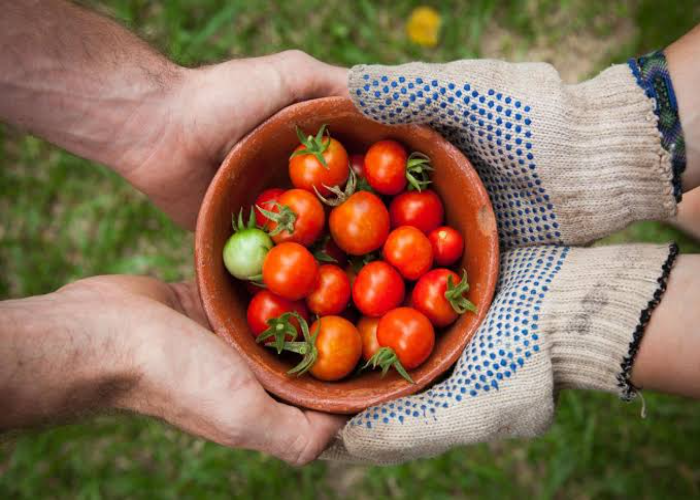
Some organizations might have specific guidelines for donations. You can contact the recipient organization and inquire about the same. You can even document your donation, just in case it might help with tax exemption. Donating excessive produce is a great way of promoting sustainability and a compassionate community.
Option 5: Extending the Growing Season
Extending the growing season can help you make the most out of your tomato plants and will let you enjoy a longer harvest.
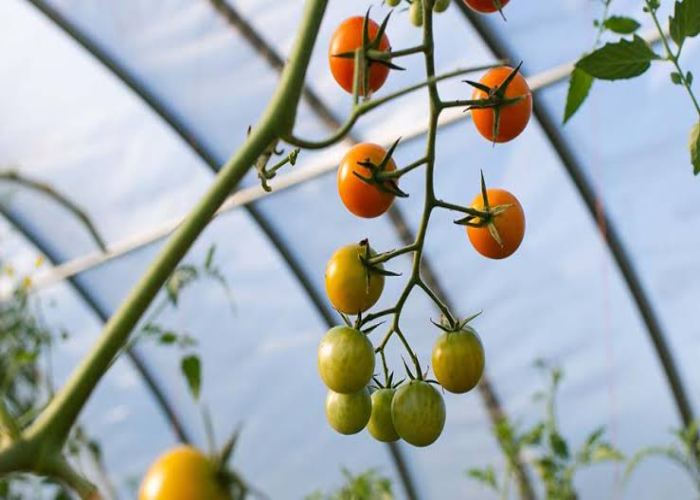
How to Extend the Growing Season?
- Choose the right variety: there are a huge variety of tomatoes, and you can choose the variety which is fast maturing and cold tolerant. They will be more likely to keep on producing harvest even with approaching winters.
- Provide protection from frost: shield your tomato plant from the cold with the help of floating row covers, clothes, or cold frames. It can help them stay warmer and prevent them from any damage that can be caused by frost.
- Balancing soil temperature: apply a layer of leaves, straw, or wood chips around the base of the plant. It will help in protecting the soil, retain moisture, balance soil temperature, and prevent weeds. Maintaining soil temperature can help in extending the growing season.
- Structures for a controlled environment: use a greenhouse, hoop house, or high tunnels to extend the growing season by providing a controlled environment for your tomato plants. They will protect your plants from heavy rain, frost, and wind, giving them more time to grow.
- Pruning: as the end of the season starts approaching, prune any new flowers or small fruits, as they won’t get enough time to ripen up. It will help sustain the existing fruits to grow and take energy.
- Harvest unripe tomatoes: if frost is near, you can harvest green tomatoes and ripen them up indoors. Store those green tomatoes in a cool and dark place and keep on checking up on them.
Planning for The Next Growing Season
Now that you know how to make the most out of your current crop, it’s time to plan for the next growing season.
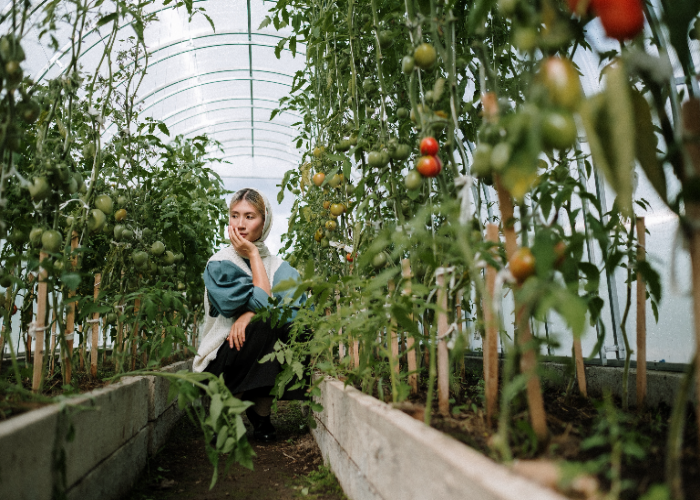
Evaluating the Current Season’s Successes and Challenges
It is one of the most crucial steps that will help you learn through your gardening experience and will help you enhance future crops. Examine the areas where there’s a scope for improvement. It might be yield, tomato varieties, soil fertility, plant health, and watering practices. Note what things worked for your crop or the variety that thrived in your garden. It will help you choose the variety of tomatoes you’ll like to grow again. Examine the health of your soil, fertilization, and irrigation strategies. It will help you know where you can make the adjustments.
Researching New Tomato Varieties to Grow
Selecting a new tomato can improve the variety of your garden and add excitement. Although while researching, consider your region’s climate, soil type, and growing conditions, you need to pick the variety that is well-suited. Choosing a new variety will not just improve your overall experience but will give you a more diverse and bountiful harvest.
Test and Amend Your Soil
Test out your soil for its ph and nutrient level; based on the results, you can make necessary changes. You can amend your soil to improve its fertility, structure, and drainage with the help of compost, organic manure, or peat moss.
Plan Your Garden Layout
Consider sunlight, drainage, and proximity while deciding the layout of your garden. That will ensure the proper distribution of sunlight and ensure proper air circulation among plants. Crop rotation will also prevent soil-borne diseases and pests.
Start Planting Seeds Indoors
This method is really useful if you live in a region with a shorter growing season; it gives a head start. It will allow your plans to grow stronger and more established by the time transplanting occurs. Plant seeds typically 6 to 8 weeks before winter arrives. Usually, it takes 7 to 8 days before you can transplant them into your garden.
Gradually Help Your Tomato Seedlings Adapt to Outdoor Conditions
Throughout the period of 7 – 10 days, make sure that you gradually start making your seedlings adaptable to outdoor conditions. That will help them adjust to fluctuating environments, temperatures, wind, and sunlight, reducing the risk of shock after transplantation.
Transplant Seedlings and Provide Them with Support
Once the seedlings are strong and well established, transplant them into your garden and provide support as they grow. Use stakes, cages, or trellises to keep the plant off the ground, reducing the risk of diseases.
Monitor and Maintain
Check your tomato plants for any sign of disease or pest, and take necessary actions if any issue arises. Based on your tomato variety, provide watering and fertilizers to maintain the proper soil conditions.
Wrapping Up
These were the options that could be taken at the end of the season. You can choose the best option as per your circumstances. It’s really important to implement sustainable and responsible gardening practices to make a positive impact on your garden and the broader community.
Taking care of your tomato plants at the end of the season is crucial in order to maintain a healthy yet productive garden. By following the guidelines mentioned above, you can make the most out of the current harvest and will also be able to enjoy a successful growing season next year. Do remember continuous and sustainable improvements will lead to better harvests and rewarding gardening experiences.
Happy gardening!


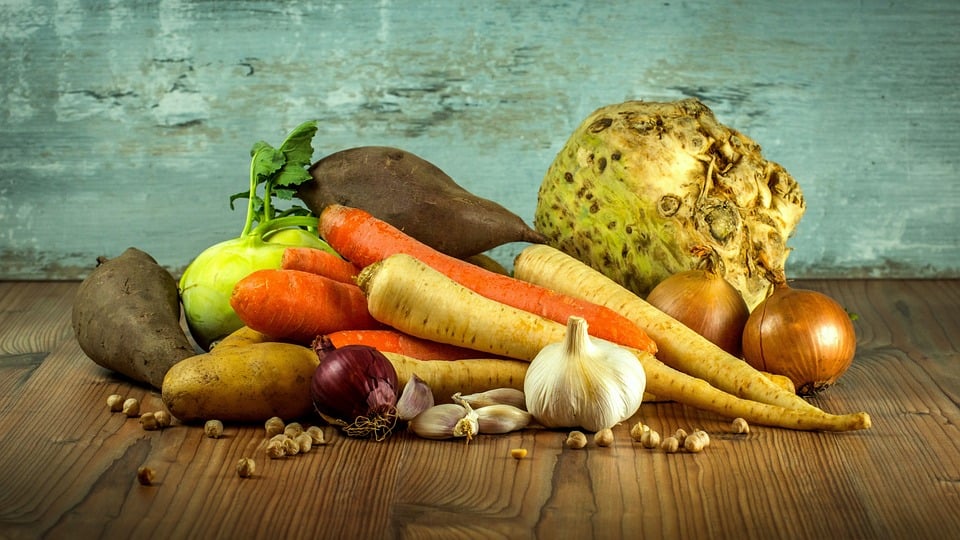
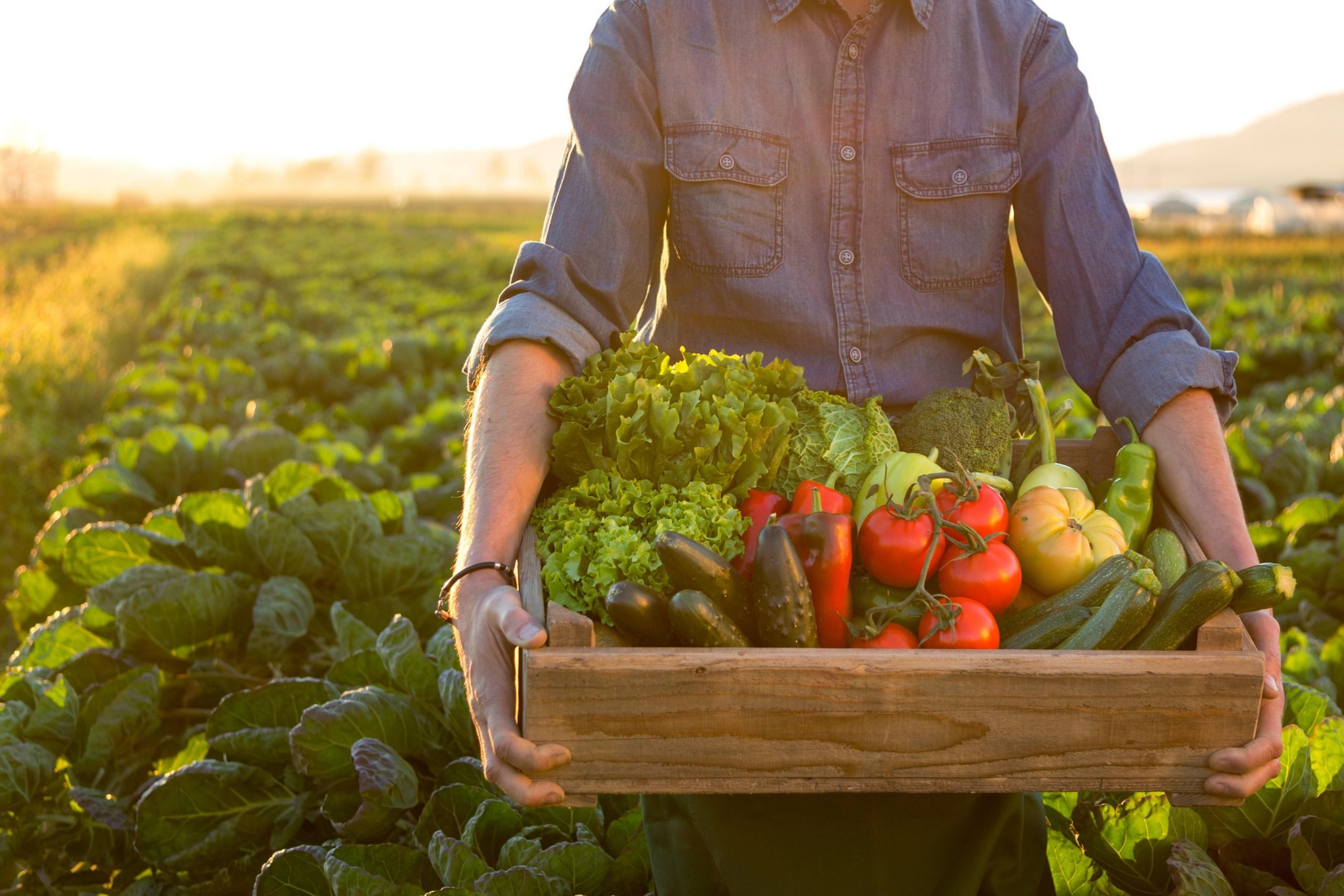
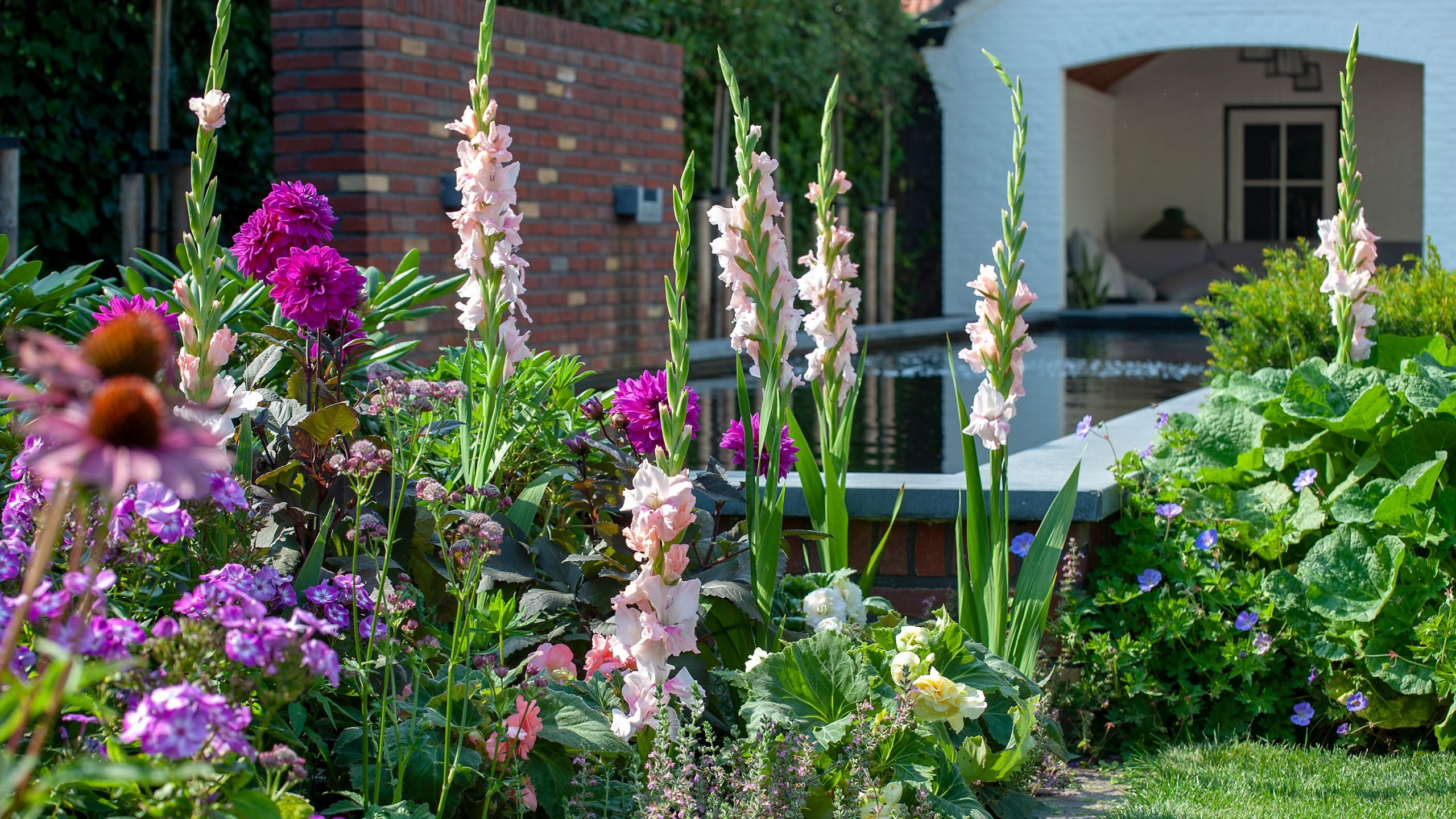
![The Top 10 Vegetables You Should Plant in August [UK]](https://staging.thearches.co.uk/wp-content/uploads/Vegetables-That-Can-Be-Planted-In-August.jpeg)
